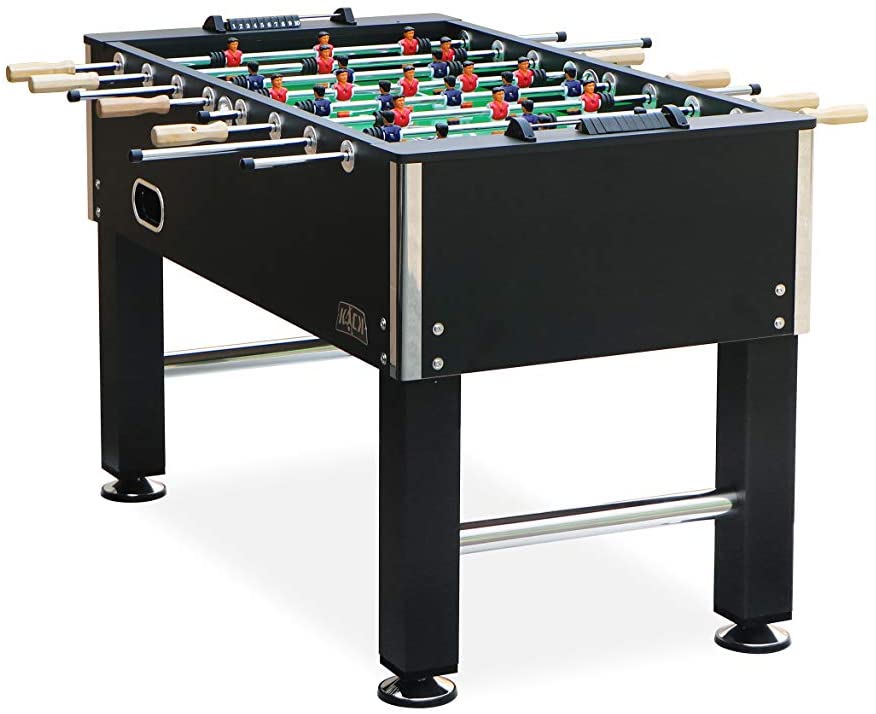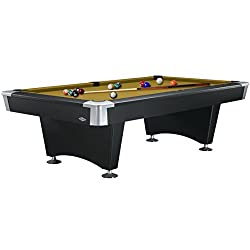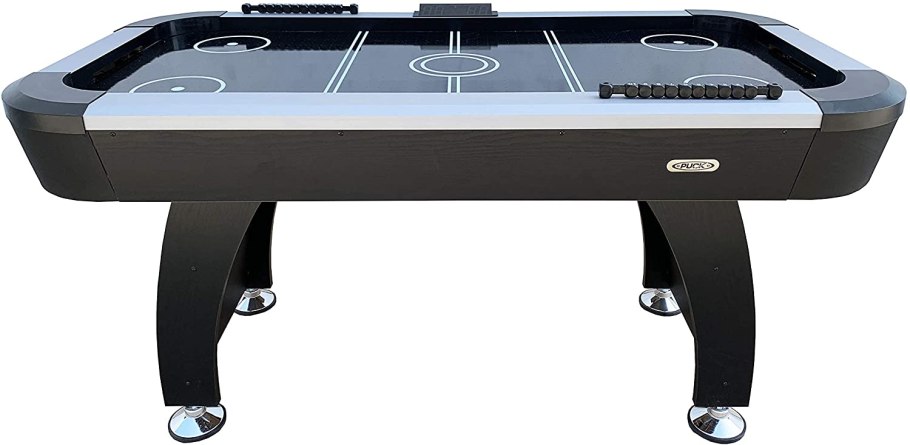Why You Need To Chalk A Pool Stick
Featured image resource is from here.
Contents
Why You Need to Chalk a Pool Stick
If you’re just getting into playing pool, you probably already know that part of the game is chalking your stick. After all, it gives you something to do when you’re not sipping your beer and makes it look like you know what you’re doing. But do you have a clue what the actual point of the whole chalk ritual is?
No?
That’s totally cool; most people don’t. Let us explain it to you.
Oh, you do? That’s cool too. Stay with us and see if we are thinking the same.
The Purpose Of Chalking Up
The purpose of pool chalk is actually pretty simple and straightforward: it creates friction between the pool cue and the cue ball. Why is friction good? Well, cue balls are slippery little guys. With their spherical surface and polished texture, it’s hard to get a good grip on them. In fact, without chalk, the tip of your cue would just slip right off of it, leading to what’s called a miscue. And those are pretty embarrassing.
But in addition to helping you avoid miscues, there are a few other ways that chalking up can help your game. It can help you put backspin and forward spin on the ball as well as strike it to the left or right of center.
And, the ritual of chalking up your cue in between shots has value, too, forcing you to take your time, focus, and concentrate on what you’re doing.
When To Use Chalk
So now we’re clear that chalking your pool cue actually has an important purpose. But when should you do it?
Generally speaking, most pool players prefer to chalk up after every shot they take. And if not, they certainly do it before any powerful shot, like the break at the start of the game. You’ll also usually want to chalk up before any shot where you want to add spin.
That being said, every player approaches chalking differently. In fact, they might even change their chalking frequency depending on what cue they’re using. A softer cue can hold more chalk, but it won’t last as long as a hard cue.
How To Chalk A Pool Stick Correctly
So, now you know the purpose of chalking up. Here comes the mighty question: how do you do it in the right way?
The art of keeping your pool stick in good condition while making the most of your chalk requires some awareness of dos and don’ts but it’s not extremely difficult.
Here are some tips to help you chalk up correctly like a pro.
- Always chalk up before every single shot.
- To effectively cover your cue tip with chalk, hold your pool stick at an angle and apply it in a brushing manner. Afterwards, hold your stick steadily while turning it to make sure you keep the coverage intact.
- Do not hold the stick upside down and chalk it in a drilling motion.
- Do not drill a hole in the chalk. You are supposed to use the entire surface of the chalk for tip coverage, otherwise you’ll end up getting chalk on the center of the cue tip.
- If you chalk up too much, just remember to moderate it next time. Do not whack the stick against anything. Do not try to blow the dust off the tip either. The moisture you exhaled might cause the coverage to cake and even harder to remove.
- Always set the chalk down with the chalking surface facing up.
- There’s a reason chalks come in various different colors. When buying one, pick a color that’s the same as the color of your table. So if there’s any residue left on the table, it’ll blend in and aesthetically look more professional.
- Finally, just like your most possessions, a chalk can become dead chalk if not taken care of properly and might lead to miscuing, no matter how hard you try to chalk with the correct techniques. Do store it in a cool and dry place, avoid overexposure to moisture. That’s how you extend its lifespan and make the most of it.
Wait, wouldn’t I over chalk?
Really, the only disadvantage of chalking your cue too often is that it can create a build-up of chalk dust on the table and the balls, which can be pretty annoying for you and the people you’re playing with.
To avoid that, try not to chalk over the table and be gentle when using the chalk. There’s no need to grind your cue into it and get it all cakey. If you do get excess chalk on your cue, just gently tap the stick to get off any loose chalk. (Not over the table, of course.)
Does the color of the chalk matter?
Generally, you choose chalk that resembles the color of the felt. As mentioned before, if there’s any dust left from making shots, and there will be; it won’t be as obvious when you use the right color chalk.
So if you’re not sure what to do, you can go ahead and chalk up after every shot. Just use light, steady strokes to spread a consistent, thin coat of chalk over the entire cue tip and you should be good to go.
Any thoughts? Do leave a comment below and share your experience!

 (4.8 / 5)
(4.8 / 5)

